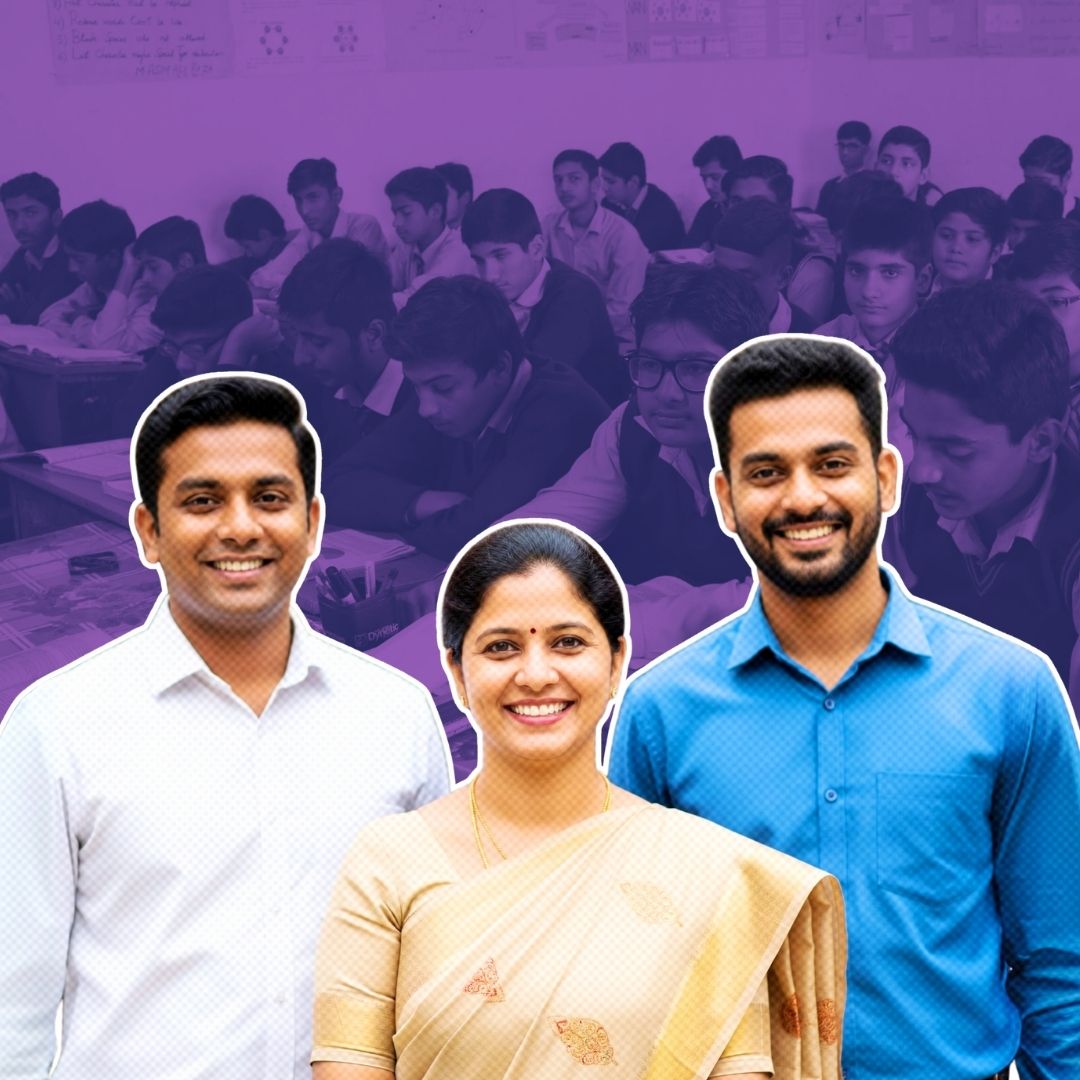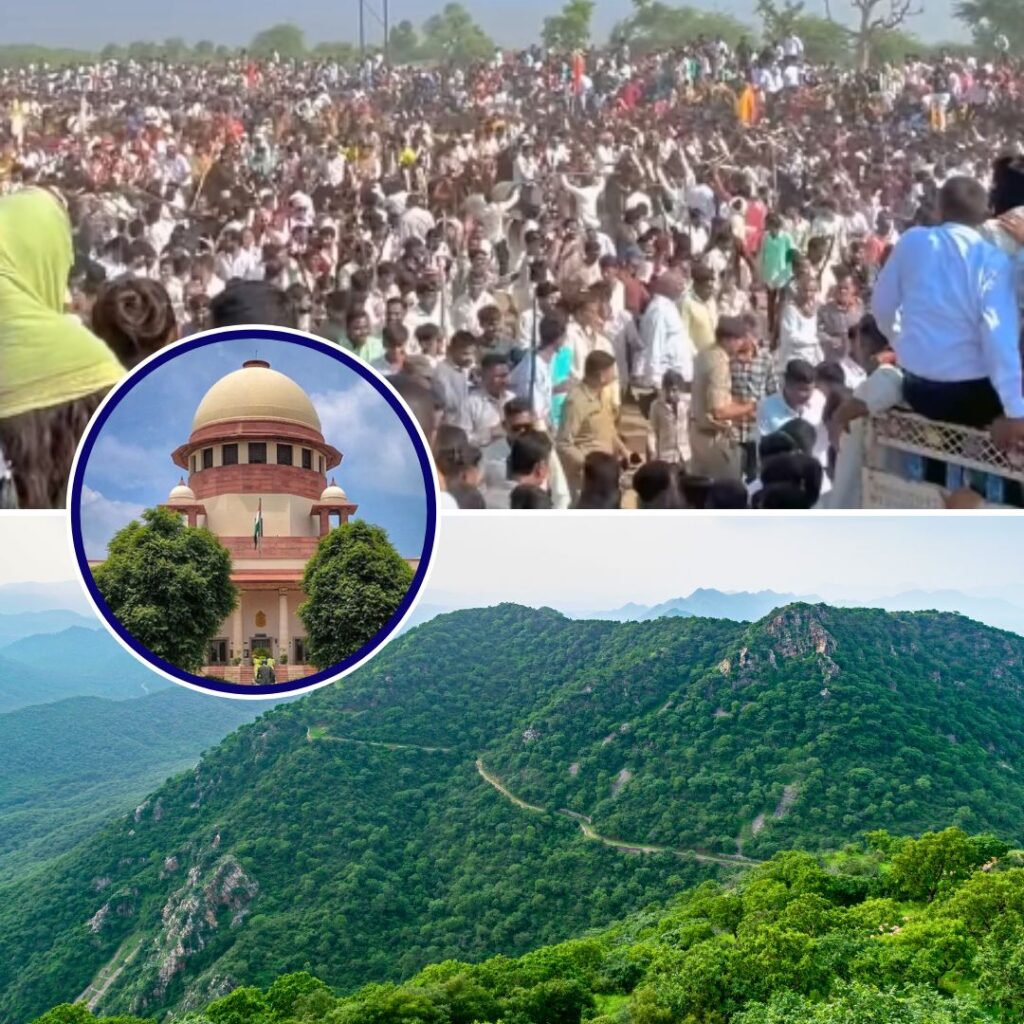Starting 7 July 2025, all teachers and principals in Chandigarh government schools must follow a formal dress code every Monday, as per a new directive from the Education Department. This first-of-its-kind initiative in India aims to promote professionalism, visual identity, and uniformity among teaching staff.
The guidelines specify distinct attire for male and female educators, and compliance is mandatory. While officials highlight the move’s role in fostering discipline and unity, some teachers have raised concerns about personal freedom and practical challenges.
A New Era of Professionalism in Schools
The official circular requires male teachers to wear blue formal shirts with grey trousers and female teachers to don beige sarees or salwar-kameez with maroon borders every Monday. Principals have their own specifications: male principals must wear white shirts with grey trousers, while female principals are to wear beige sarees or salwar-kameez with golden borders.
The Education Department, led by Director Harsuhinder Pal Singh Brar, emphasises that this measure is meant to build a collective professional identity and visual harmony in schools. Brar expressed gratitude for teachers’ cooperation, noting that the colour confusion had been resolved after feedback. School heads are tasked with ensuring strict adherence to the new dress code.
Detailed Dress Code Guidelines for Teachers and Principals
According to the finalised guidelines, male teachers are required to wear blue formal shirts paired with grey trousers. Female teachers must wear beige sarees or salwar-kameez with maroon borders. For principals, the dress code is slightly different: male principals should wear white shirts with grey trousers, while female principals are expected to wear beige sarees or salwar-kameez with golden borders.
The directive applies every Monday, and all staff members are expected to comply. The Education Department has clarified that these specifications were chosen after consultation and feedback from teaching staff to ensure comfort and practicality, especially during extreme weather conditions.
Balancing Tradition, Identity, and Practicality
The dress code was first suggested by UT Administrator and Punjab Governor Gulab Chand Kataria, who praised the initiative for promoting equality, pride, and professionalism among staff. The guidelines were revised after initial resistance, particularly regarding colour choices and comfort during extreme weather.
Some educators and associations have voiced concerns about the lack of a uniform allowance and the practicality of enforcing a single colour, especially during heatwaves. Legal adviser Arvind Rana and lecturer Sangeeta Rani argue that while formal dressing is not problematic, mandating specific colours may infringe on personal choice and comfort.
The Logical Indian’s Perspective
Chandigarh’s dress code for government school teachers marks a significant step towards fostering unity and professionalism in education.
While the initiative aims to set a positive example and reduce socio-economic disparities, it is crucial to balance such reforms with empathy for teachers’ comfort and individuality.












